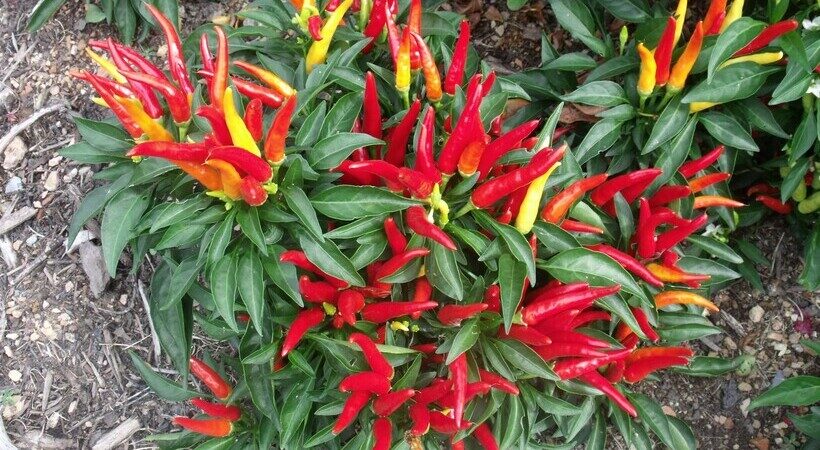So many cuisines have evolved based on the hotness or burning sensation caused by the chemical called capsaicin present in chilies. Proven theories speak about evolutionary traits that make chilies burn to deter mammals from eating them. And we humans have figured out how to treat our tongue receptors to feel the same. On the contrary, birds don’t feel a thing nor their digestive system gets affected but it helps in dispersal and propagation.
Chilies are native to South America, where many consider Christopher Columbus to be the brand ambassador, who spread the seeds of chilli pepper all over the world as he sailed, after discovering America in 1492. His ship anchored the port of India around 1496-1497, flourishing the Portuguese Colony along the coast of present-day Goa and started spreading the goodness and hotness of the chilies he brought.
Top Chilli contenders of the world;
Poblano
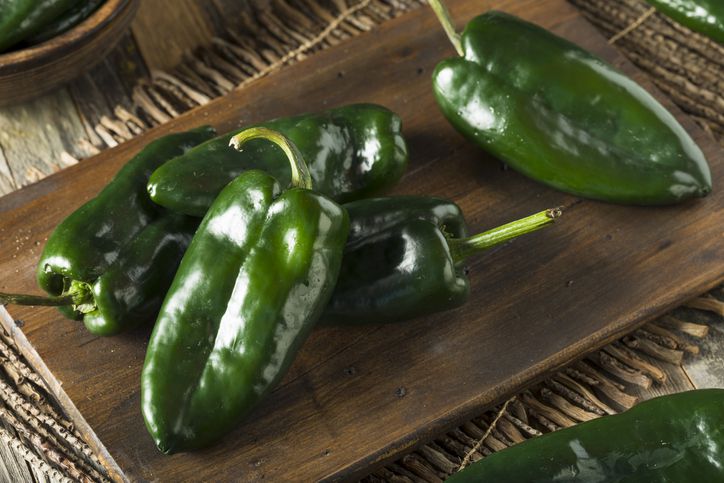
The Poblano chilli hails from Puebla in Mexico. Famed for its thick skin, which makes it ideal for stuffing and bears an emerald green colour which later ripens to a ruby red. Once dried, they become ancho chillies, which contain a fruity flavour perfect for making a chilli sauce.
Peppadew Peppers
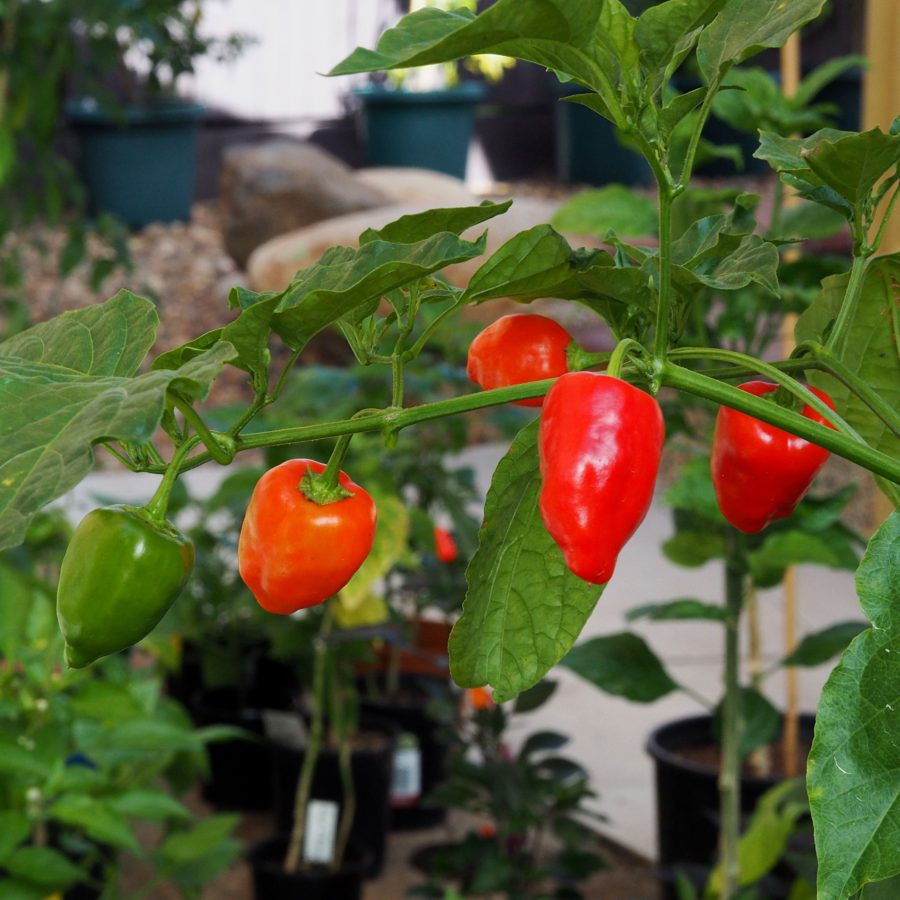
Totally unique in the pepper world, these are sweet and spicy chilli that looks similar to cherry tomatoes. The milder taste variation makes it a perfect choice for pickling and is a trademark of its flavour, found in the Limpopo province of South Africa.
Bhut Jolokia
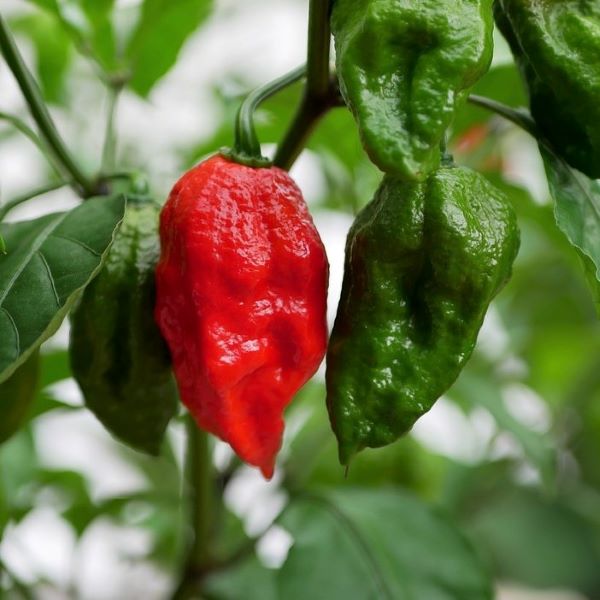
Also known as Ghost (bhut) Chili (jolokia), the more accurate meaning would be “an especially malevolent spirit”. Mainly grown in the Northeastern part of India, in the states of Assam, Nagaland and Manipur. Used widely in curries of Pork and freshwater fish, like sauces or seasoning in stews. Other uses include repelling wild elephants from cultivated crops, habitation, removing reptiles from their hives. Possessing an attractive fragrance and considered to be the hottest chilli in the world until 2017. Its hotness was so lethal that the Indian Army once used to manufacture chili grenades.
Jalapeno
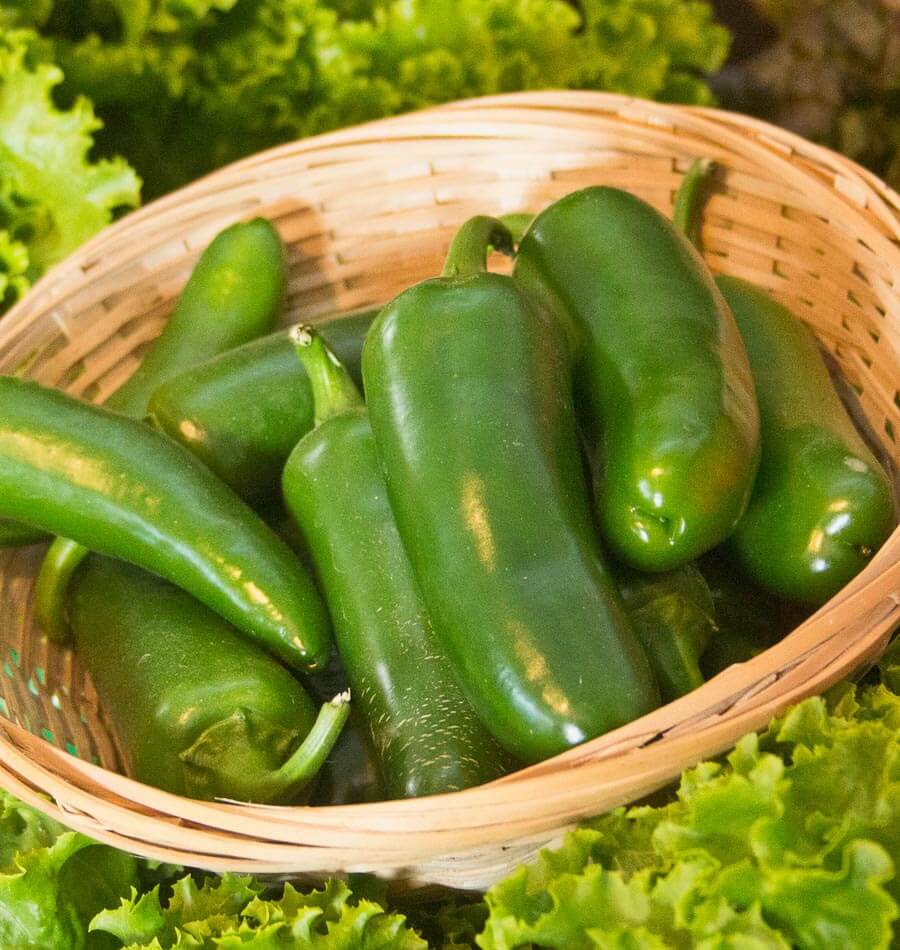
These chillies from Mexico are widely grown everywhere because of their immense commercial value. Harvested when they are maturely green, the chilli bears a sweet taste. It is applied in cheesy cuisines, baked dishes, pickles and salads.
Cayenne Pepper
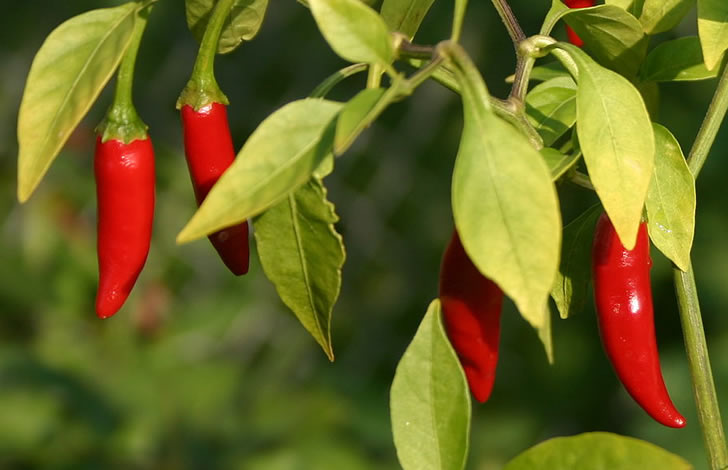
Named after the city of Cayenne in French Guiana, where it originated, it is the most widely used pepper in the Western hemisphere. Whole chillies are ground into cayenne pepper, which is used to season all kinds of foods, from Italian pizzas to Indian chops or cutlets.
Carolina Reaper
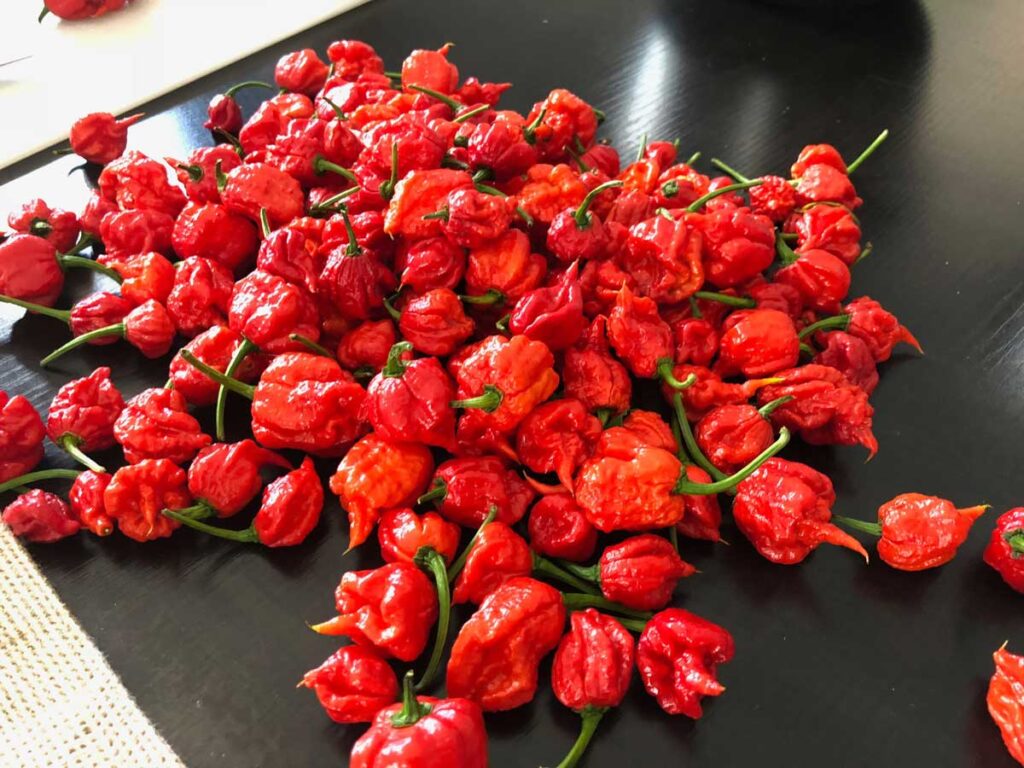
Hailing from the South Carolina, USA, it emerged as the hottest chilli in the world, pipping Bhoot Jolokia at the post. With its hotness intact, it has a berry-like flavour with mild notes of cinnamon. Widely used in meat dishes with fruits and condiments.
Chili peppers are an integral part of food preparation and their SHU (Scoville Heat Units) determines the hotness level of these spicy beings.



